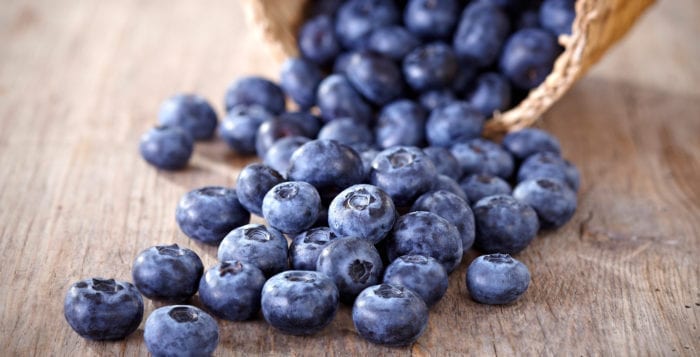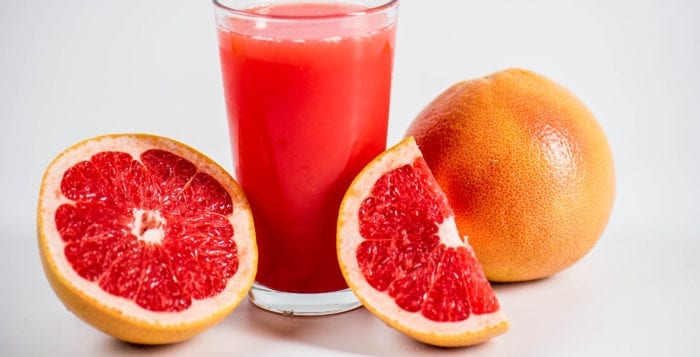Added sugar increases risk of many diseases
By David Dunaief, M.D.

We should all reduce the amount of added sugar we consume because of its negative effects on our health. It is recommended that we get no more than 10 percent of our diet from added sugars (1). However, approximately 14 percent of our diet is from added sugars alone (2).
Is all sugar bad for us? The answer is not straightforward. It really depends on the source, and when I mention source, my meaning may surprise you.
We know that white, processed sugar is bad. But I am constantly asked: Which sugar source is better — honey, agave, raw sugar, brown sugar or maple syrup? None are really good for us; they all raise the level of glucose (a type of sugar) in our blood. Forty-seven percent of our added sugar intake comes from processed food, while 39 percent comes from sweetened beverages, according to the most recent report from the Centers for Disease Control and Prevention (2). Sweetened beverages are defined as soft drinks, sports and energy drinks and fruit drinks. Even 100 percent fruit juice can raise our glucose levels. Don’t be deceived because it says it’s natural and doesn’t include “added” sugar.
These sugars increase the risk of, and may exacerbate, chronic diseases such as diabetes, heart disease, high blood pressure, cancer and obesity. This is such a significant problem that municipal legislatures have considered adding warning labels to sweetened drinks (3).
However, I did say that sugar’s source impacts its effect. Most fruits have beneficial effects in preventing disease, including diabetes, and do not raise sugar levels, even in patients with diabetes. It is a myth that whole fruit raises your sugar levels. However, dried fruits, fruit juice and fruit concentrate do raise your sugar levels. Note that sugar extracted from fruit has an effect similar to that of sugar added to foods and sweetened beverages.
Let’s look at the evidence.
Heart disease
When we think of sugar’s effects, heart disease is not usually the first disease that comes to mind. However, results from a 20-year study of 31,000 U.S. adults showed that, when comparing those who consumed the least amount of added sugar (less than 10 percent of calories daily) with those who consumed 10 to 25 percent and those who consumed more than 25 percent of daily calories from sugar, there were significant increases in risk of death from heart disease (4). The added sugar was from foods and sweetened beverages, not from fruit and fruit juices.
This was not just an increased risk of heart disease but an increased risk of cardiovascular death. This is a wake-up call to rein in our sugar consumption.
Obesity and weight gain
Does soda increase obesity risk? An assessment published in PLoS One, a highly respected, peer-reviewed journal, showed that it depends whether studies were funded by the beverage industry or had no ties to any lobbying groups (5). Study results were mirror images of each other: Studies not affiliated with the industry show that soda may increase obesity risk, while studies funded by the beverage industry show there may not be any association.
In studies without beverage industry funding, greater than 80 percent (10 of 12) showed associations between sugary drinks and increased weight or obesity, whereas with the beverage industry-funded studies, greater than 80 percent of them did not show this result (5 of 6). The moral of the story is that patients must be diligent in understanding studies’ funding and, if the results sound odd, they probably are. If this is the case, make sure to ask your doctor about the studies’ findings. Not all studies are equally well designed.
Diabetes and the benefits of fruit
Diabetes requires the patient to limit or avoid fruit altogether. Correct? This may not be true. Several studies may help change the long-standing, commonly held paradigm that fruit should be restricted in patients with diabetes and to prevent development of diabetes.
One study found that whole fruit may reduce the risk of diabetes by reducing inflammation and reducing insulin resistance (6). Specifically, results demonstrated a reduction in the inflammatory biomarker hsCRP. Ultimately, this may result in better glucose control. A potential reason for these impressive results may be the high levels of flavonoids, specifically anthocyanins and flavones. Flavonoids, as a class, are phytochemicals (plant nutrients) that provide pigment to fruits and vegetables and may have substantial antioxidant activities. Substances that are high in these two flavonoids include red grapes, berries, tea and wine.
Another study, a meta-analysis that looked at three large studies, including the Nurses’ Health Study, NHS II, and the Health Professionals Follow-up Study, showed that those who consumed the highest amount of anthocyanins were likely to experience a 15 percent reduction in the development of type 2 diabetes (7). Researchers compared those in the highest quintile of anthocyanin consumption with those in the lowest quintile.
Specifically, at least two servings of blueberries per week were shown to reduce the risk of diabetes by 23 percent, and at least five servings of apples and pears per week were also shown to reduce the risk by 23 percent. These were compared to those who consumed less than one serving per month. This is a small amount of fruit for a significant reduction.
From the same three studies, it was also shown that grapes, bananas and grapefruit reduce the risk of diabetes, while fruit juice and cantaloupe may increase risk (8).
In still another diabetes study, involving those who were newly diagnosed with type 2 diabetes, the risk of increasing glucose levels was no greater in those who consumed more than two servings of fruit per day compared to those who consumed fewer than two servings per day (9). The properties of flavonoids, for example, those found in whole fruit, may also result in anticancer and anticardiovascular disease properties, the opposite of added sugars (10).
Chronic disease incidence and complications from these diseases have skyrocketed in the last several decades. Therefore, any modifiable risk factor should be utilized to decrease our risk. By keeping added sugar to a minimum in our diets, we could make great strides in the fight to maintain our quality of life as we age.
We don’t have to avoid sugar completely; we still can satiate a sweet tooth by eating ripe fruits. Our access to fruit, even off-season, has expanded considerably. The most amazing thing is that fruit may actually reduce the risk of diabetes, something for years we thought might exacerbate it.
References: (1) 2015-2020 Dietary Guidelines for Americans. (2) cdc.gov. (3) reuters.com. (4) JAMA Intern Med. online Feb 03, 2014. (5) PLoS Med. 2013 Dec;10(12):e1001578. (6) J Nutr. 2014 Feb;144(2):202-208. (7) Am J Clin Nutr. 2012 Apr;95(4):925-933. (8) BMJ. online Aug 29, 2013. (9) Nutr J. published online March 5, 2013. (10) Plant Foods Hum Nutr. 2004 Summer;59(3):113-122.
Dr. Dunaief is a speaker, author and local lifestyle medicine physician focusing on the integration of medicine, nutrition, fitness and stress management. For further information, visit www.medicalcompassmd.com or consult your personal physician.








